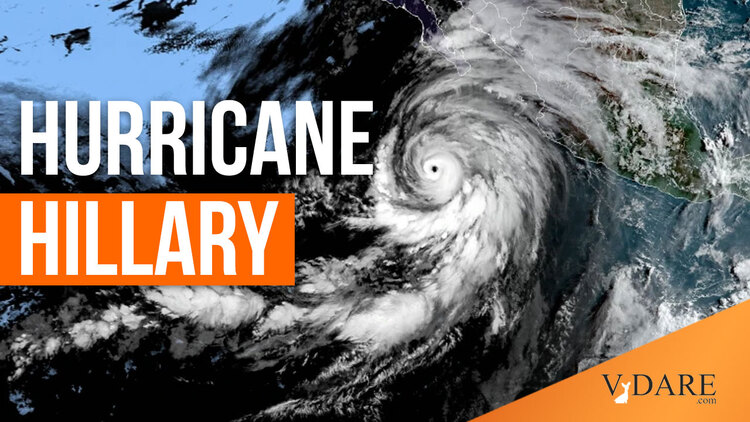For once, the dog was happy to get home in less than her usual 75 minutes.
In Los Angeles, Hurricane Hilary, the first since 1939, has been a summer rarity but so far no more severe than days in January and February this year that saw five inches come down. It has been much less windy than I expected.
I’m looking forward to finding out what kind of plants bloom in the hills after getting drenched in August. A rare May downpour leads to some unusual and spectacular blooms in June, so who knows what a wet August will bring?
Out in the desert, it’s probably different.
I wonder how much bigger the Salton Sea southeast of Palm Springs will be tomorrow? In 1900, the lowest point in the United States was not Death Valley like it is today, but further south. But then the Colorado River overflowed its banks and formed a large lake in the depression.
Apparently, this kind of thing has happened every century or two over the last 1000 years, and then the Salton Sea turns from fresh water to salt water and then dries up.
So the Salton Sea, which was a vacation destination when I was a kid, has been turning into a postapocalyptic-looking wasteland, leaving old waterfront resorts to decay high and dry. It tends to attract residents who look like extras from a Mad Max movie.
An interesting study was published recently suggesting that the drying up of the Salton Sea might have reduced the chance of an earthquake on the southern San Andreas fault:
Researchers found the water is heavy enough on its own to create seismic activity.
The huge lake bent the earths’ crust—which is especially thin in this region—and forced water into crevices underground. That essentially lubricated the fault, making it easier for major ruptures to occur.
There hasn’t been a major San Andreas earthquake in Southern California in a long time.
There was an earthquake today, but it was near Ojai outside of Santa Barbara at the far extreme of Southern California from the Salton Sea.
Update: At Northridge in the middle of the San Fernando Valley we have gotten 4.5 inches of rain, which is a lot for less than 24 hours (and gigantic for summer), but hardly unprecedented by winter storm standards: it’s the third day of rain in 2023 of that magnitude.
Although it rained a lot, as I may have mentioned once or twice, we have a giant concrete ditch called the Los Angeles River to carry the water away and dump it in the Pacific.
Here in the Valley we didn’t get much wind at all.
My guess is that the reason we have so few tropical storms off the coast of California—the extremely nontropical ocean temperature due to the cold currents—is also the reason that this tropical storm wasn’t much by Florida standards.













